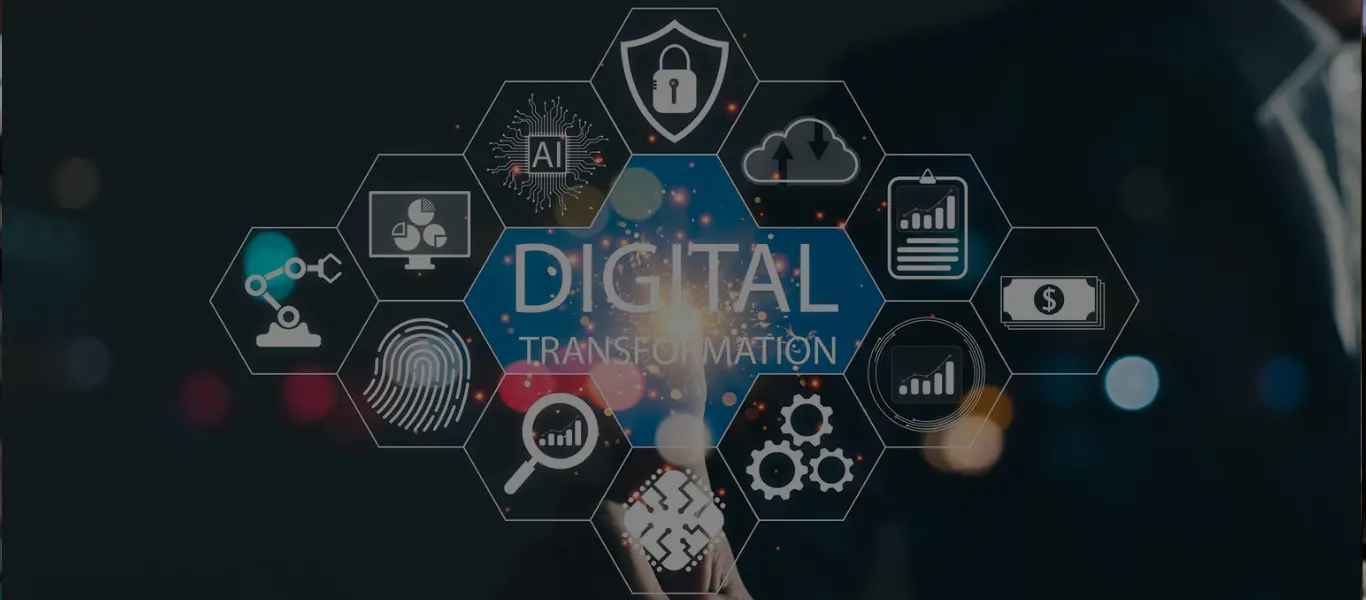Blog Series on – Dealing with Uncertainty
The last few years have been a convulsion of uncertainty in the Retail Industry. Starting in March 2020, Softline Retailers were devastated to have their stores closed, while Grocery and Hardline retailers saw huge sale increases that were hard to comp, once the country began reopening and returning to a “New Normal”. But that “New Normal” lasted barely a few quarters, as the largest military action since WW II sent gas and inflation to the highest levels in 40 years.
SkillNet CEO, Anurag Mehta, likes to describe the last couple of years of uncertainty as the five “I’s”
- Infection: Pandemic
- Inventory: Supply Chain disruptions
- Invasion: Russia invading Ukraine
- Inflation: Rise in the pricing of gasoline and other goods
- Interest Rates: Response to inflation
Retailers who understand their value proposition, the forces that are shaping the environment and take steps to account for uncertainty have proven to be successful. At SkillNet, we have tried to identify the common trends which have contributed to their success. This blog is the first in a series and it will be followed by the reviews of these trends which include Composable Commerce, the next phase of Omnichannel enhancements, Artificial Intelligence, and beyond.
This first blog focuses on the evolution of Digital Commerce and sets the stage for tying your company’s Value Proposition to future innovation in the Digital space. The next couple of blogs will showcase how certain Retailers are using specific technologies to drive their Value Proposition with Digital Transformation. These Commerce leaders tend to be standouts in a world of uncertainty.
How Y2K led to Digital Transformation with the introduction of eCommerce
25 years ago, Tier 1 and 2 retailers were frantically replacing their legacy systems in preparation for Y2K and the impending horrors of missing the first two digits in a standard numerical definition of a yearly date. At the time eCommerce was in its infancy and off-the-shelf best-of-breed packages were often chosen for Point of Sale (POS), Core Merchandising, Replenishment, Planning, Warehouse Management, etc. The reason for the success of best-of-breed was that it allowed retailers to plug and play with the most critical systems that may be affected by Y2K. JDA (now Blue Yonder), Retek (now Oracle), Island Pacific, and SAP were some of the major solution providers.
This plug-and-play methodology allowed retailers to quickly enhance the fundamental building blocks of a retail echo system without replacing every system. As the worst fears of Y2K never came to pass, technology solution providers quickly pivoted to the new nascent world of eCommerce. Tier 1 Retailers were now open to buying best-of-breed solutions and saw the benefits in support and upgradability in the off-the-shelf software. However, they were still hesitant to make the investment into eCommerce, as they were not sure if that customer existed yet.
Initially, some of the retailers who balked at adopting eCommerce solutions did “put their toes in the water” with some even adopting Amazon as their eCommerce engine. Hard to imagine, but Target was one of these retailers who used Amazon as their eCommerce and fulfillment partner from the onset of Target.com in 2001 until realizing the threat from Amazon in 2011. My client, Border’s Book Stores was another Tier 1 Retailer who outsourced their eCommerce and fulfillment to Amazon, which put them years behind when they wanted to bring the functionality in-house to compete with Amazon. One can argue that eCommerce really did not take off with legacy retailers until Amazon became a perceived threat.
When Innovation Fails: The curious case of an Omnichannel innovator, Sears, yes that Sears!
For those who grew up in the ’70s and ’80s, Sears was not only a quintessential part of American life but was a Retailer with a culture of Innovation across products, services, and technology while being a value leader. Sears was the champion in private labeling with homegrown brands like CRAFTSMAN, Kenmore, Lady Kenmore, and Die Hard. Besides products, Sears was also an innovator in credit with the introduction of the Discover Card. A former C-level executive told me how the idea came about as Sears was looking for a way to use all their batch processing power during the day when their POS systems were gathering transaction information that left their Central Servers idle. However, few people probably realize that Sears was an early Ecommerce, Omnichannel and Digital Pioneer.
In 2014, Sears.com was the 5th most visited internet site. Don Davis, in his article “How Sears failed in the eCommerce-era even as it innovated-online”, highlights some of Sears iconic Digital firsts:
“You’ll see that Sears was among the first to make in-store pickup of online orders convenient by having employees bring orders out to shoppers’ cars. It recognized the power of the marketplace model and invited other merchants to sell on Sears.com. It gave Sears employees mobile devices so they could help shoppers better and encouraged mobile shopping. And it emulated Amazon Prime by offering its own free-shipping program way back in 2010.”1
Most folks believe that Sears was too early with this digital innovation, but it may not be as simple as that.
How does the focus on Value Proposition impact the success of a retailer?
Normally one believes that “First Movers” have a strategic advantage over their competitors. However, if that is the case then why did Sears not flourish in the 2010s? Obviously, there must be something besides innovation that drives a Retailer’s success. Its Value Proposition.
In the same article, Don Davis describes the importance of a company’s “Value Proposition” by referencing Barabara Kahn’s book, The Shopping Revolution.
“Wharton professor Barbara Kahn, in her book The Shopping Revolution, argues that there are four key dimensions to satisfying shoppers today: superior product, outstanding customer experience, low prices, and convenience. To succeed, in her view, a retailer has to be at least on par with competitors on all four and a standout in at least two of those areas.”1
In Sears’ case, it was not that they were too early with Omnichannel innovation. The issue was that they were only addressing the convenience portion of the Value Proposition. Using Kahn’s 4 variables, by the 2010s, this was the state of Sears’ Value Proposition:
Sears Value Proposition in 2010s
| Value Proposition | Sub-Par, Par, Stand Out | Context |
| Superior Product | Par | Softlines were off-trend, but hardlines with brands like Die Hard and CRAFTMANS strong |
| Outstanding Customer Experience | Sub-Par | Sears stopped investing in upgrading and renovating stores and customers trending to a mature demographic |
| Low Prices | Par | For softline products, Target and Walmart deemed better value; Hardlines still strong |
| Convenience | Stand Out | Introduction of Omnichannel ahead of most retailers (i.e., curbside pick-up, ability to order online and return in store, etc.) |
So, the lesson learned from Sear’s experience as an omnichannel digital transformation pioneer is that true digital transformation really needs to address all four variables of Kahn’s Value Proposition.
Target: Digital Transformation Succeeds if you address all the variables of your Value Proposition
Earlier on we reviewed the history of Target and its initial ecommerce strategy. Once Target.com was brought in-house, Target was able to offer similar functionality that Sears had already pioneered (i.e., Buy Online Return in Store, Parking Lot Pickup, etc.) but what made them different? Using the same four components presented by Kahn, let us look at Target’s current Value Proposition:
Target’s Current Value Proposition
| Value Proposition | Sub-Par, Par, Stand Out | Context |
| Superior Product | Stand Out | When customers pronounce your brand name with a French accent (Tar-Zhe), you are probably on trend |
| Outstanding Customer Experience | Stand Out | Introduction of true Omnichannel functionality that led to up 19.8% percent revenue growth during the pandemic in 2020 |
| Low Prices | Stand Out | While not a low-price leader, customers perceive they are getting a “Value” |
| Convenience | Stand Out | Introduction of true Omnichannel functionality that led to up 19.8% percent revenue growth during pandemic in 2020 |
Obviously, Target had an advantage over other retailers in 2020 as they were deemed essential retail and could stay open, but overall, they are either at Par or Standing Out in all 4 components of Kahn’s Value Proposition.
So, for retailers looking to grow, the focus has to be on designing and creating a digital transformation program that supports your value proposition by enabling the four key dimensions which are required to satisfy shoppers: superior product, outstanding customer experience, low prices, and convenience.
Future Blogs in this Series
In the upcoming blogs, we will further address how specific technologies can drive Digital Transformation to meet your Value Proposition. By the end of this series, we hope to show how this can help address uncertainty. Lastly, we will provide insights into how these strategies can help retailers transform into a“Modern Commerce” leader.
References














